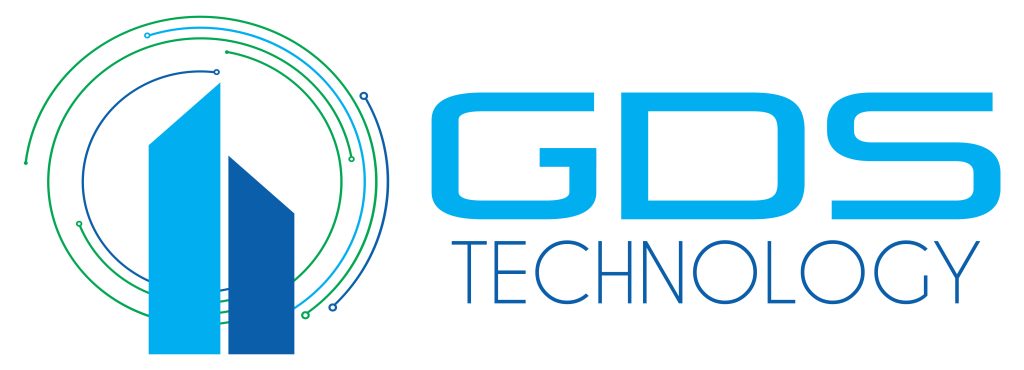Network Cabling Services

is a system of cables and hardware that makes up your telecommunications infrastructure. This infrastructure allows you to provide telephone service, transmit data through your computer network, and run IP cameras and card access systems. In order to ensure acceptable system performance, organizations need to ensure that their network cabling is installed according to certain standards set out by the American National Standards Institute (ANSI) in conjunction with TIA/EIA.
Network cabling is one of the most important parts of your voice and data network, so it’s vital that you choose a qualified voice and data cabling provider. GDS specializes in structured network cabling with certified installers that complete all projects to TIA/EIA-568 C, IEEE and BICSI standards for optimal system performance.
At GDS, we aim to provide all of our customers with a physical-layer infrastructure that is designed according to today’s standards to support all their applications. We only use high-quality products in our network cabling solutions, and they are supported by manufacturer warranties from 15-years to lifetime, depending on the manufacturer.
After getting to know your business and your telecom goals, the GDS team will design, install and test a comprehensive voice and data network cabling solution that meets your needs. And we will continue to provide service and support long after installation.
Network Cabling Design
The GDS team works directly with your organization to create a structured network cabling solution that meets your needs now and in the future. Our team specializes in designing solutions for new construction and existing facilities. We will make sure that our solutions fulfill your voice and data network cabling requirements.
Network Cabling Installation
The GDS installation team is trained and certified by BICSI and manufacturers to provide high-quality network cabling installation. Our expert installers provide a voice and data cabling solution that’s dependable and error free. Our technicians are also OSHA certified and dedicated to maintaining a safe work environment for all.
Testing & Certification
After installation, our team will test your network cabling infrastructure to ensure that it is certified to both manufacturer and BICSI standards. Using Fluke cable analyzers, our technicians will test and certify your copper and fiber network cabling to ensure it meets industry standards.
Documentation for Cabling
Our technicians label faceplates and patch panels to the 606-B labeling standard. We can provide a drawing with the cable locations and pathways at your request, enabling you to easily locate each cable and point of termination.
Structured Network Cabling
Here are the types of structured network cables we use:
- Category 5e: Designed for high signal integrity, this twisted pair cable is ideal for computer network cabling and cabling for basic voice services.
- Category 6: Backed with stringent specifications for crosstalk and system noise, Cat 6 cabling is used to carry the following connections: Ethernet 10Base-T, 100Base-TX, and 1000Base-T.
- Category 6a: Performing at improved specifications, Cat 6a is the latest standard for twisted pair cable systems and is defined at frequencies up to 500 MHz.
- Multi-Mode Fiber: There are two types of multi-mode fiber — 62.5 um and 50 um, which are ideal for premise applications with links less than 1,000 meters for 100 MBs or less, 550 meters for data rates of 1 GB or less, and 300 meters for data rates of 10 GBs or less.
- Single-Mode Fiber: Single-mode fiber cabling is ideal for bandwidth requirements or distances that exceed the multi-mode cabling’s capability.
Cabling Framework
Here are the most common types of cabling frameworks used by our team:
- Enclosed or open data racks/cabinets are the standard systems for mounting phone or data modules.
- Patch panels are panels that house cable connections. These are typically rack mounted and available in angled varieties to save space.
- Vertical and horizontal wire management provides a neat appearance by using cabinets and racks to conceal cables and patch cords.
- Above ceiling cable tray systems allow for convenient installation of present and future cabling projects in a basket tray or ladder rack.
The National Electric Code requires that organizations remove any abandoned cable. When installing new voice and data network cabling, our team will conduct a site survey and provide documentation and pricing for removing this abandoned cable from your site.

